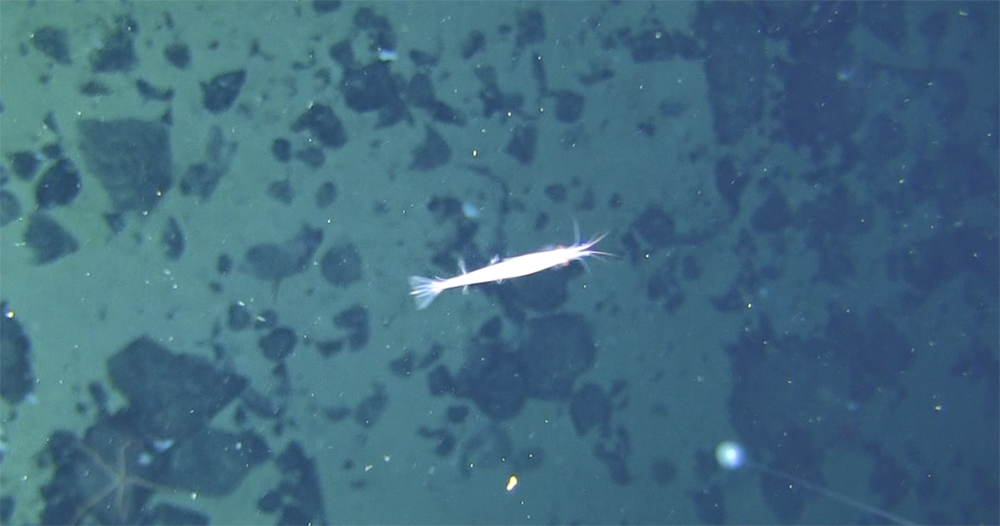TEMPO in transit

All the years of preparation to make this voyage a reality are now bearing fruit – or in this case krill.
After almost three weeks at sea the krill voyage, on board CSIRO’s RV Investigator, is finally in a position to begin measuring the biomass of krill in Southern Ocean waters off Australia’s Mawson research station, in East Antarctica.
The TEMPO team (Trends in Euphausiids off Mawson, Predators and Oceanography) has begun a series of survey lines that will see them deploy a range of equipment to find, spy on, catch and measure krill.
This work will allow scientists to provide an estimate of how much krill lives in the survey region to the Commission for the Conservation of Antarctic Marine Living Resources. CCAMLR will use this information to help set a precautionary catch limit for any re-emerging krill fishery. Learn more in this interactive feature story ‘Krill Matters’.
As they sailed to the survey site the TEMPO team kept busy with predator observations, noting many seabird species including wandering and black-browed albatross, Antarctic petrels, giant petrels and prions, amongst the waves and icebergs.

By day 15, not far from the start of the survey site, Voyage Chief Scientist Dr So Kawaguchi reflected on the excitement that was beginning to build:
“Everything started to happen at the same time in the last 24 hours, with the first sighting of snow petrel and blue whales for this voyage, and a glimpse of the top of the mountain on the [Antarctic] continent.
“A spectacular show of Aurora Australis early this morning (13 Feb) was an excellent treat for our much waited arrival to the first station in the survey area.
“The weather was kind and allowed us to undertake acoustic cold water calibrations [of the ship’s echosounders] soon after arriving at the station.
“Taking advantage of good weather and the stable ship, the barbecue kindly held by the Chief Engineer on the deck outside offered a great social occasion for the first time.
“It was great to see smiles on everyone’s faces.”
The ship has since conducted a handful of the 70 full-depth deployments of a water-sampling instrument, the CTD (conductivity, temperature and depth).
The CTD collects water samples at different depths, but it also carries a camera, and a light trap to capture krill, while it is held precisely five metres above the sea floor for five minutes. This requires careful coordination between the scientists, crew and Marine National Facility personnel, to subtly operate the winch, based on information from the CTD’s altimeter.
On the first CTD deployment the first krill of the voyage was captured on camera, 1000 metres below.
This first successful view of a krill, and brittle stars on the sea floor, indicate that everything (team work and equipment) is operating as it should.
“This gives us great confidence for the rest of the voyage to systematically operate this system for 70 full depth CTD stations systematically, to understand the use of benthic habitat by krill in this survey region,” Dr Kawaguchi said.
“A systematic survey on benthic krill habitat in this manner is the first to my knowledge.”
Follow the ship’s track at: https://www.marine.csiro.au/data/underway/



